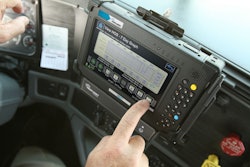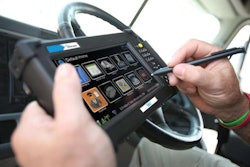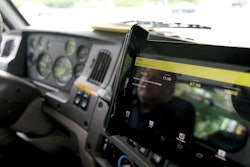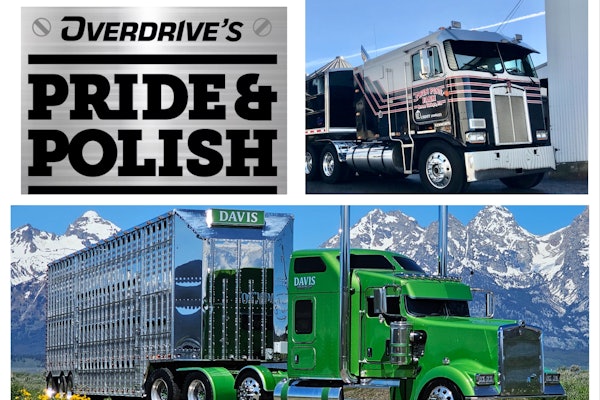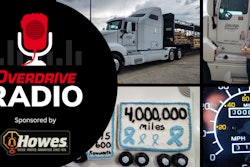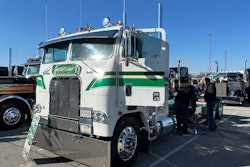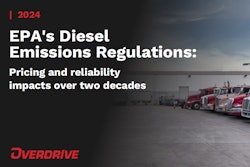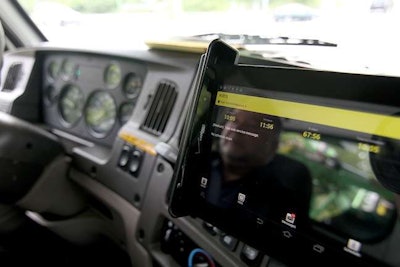
Second to that — and more pressed by comments by industry trade groups like the Owner-Operator Independent Drivers Association and the American Trucking Associations — was the need for accountability of shippers and receivers who can cause or push drivers to violate federal safety laws.
The comment period on the proposed rule ended Aug. 11, 90 days from its publication in the Federal Register.
As noted in prior coverage of public comments leading up to the Aug. 11 deadline, the burden of proof of coercion will be placed on the driver making the claim, which was a point of contention with several commenters.
Likewise, it is a point of contention with OOIDA, who also takes issue with what it calls an unclear and overly narrow definition of “coercion.”
The definition should be broader and include more specifics on all negative economic impacts that carriers, shippers, receivers or brokers can use to threaten or harm drivers, as well as more specifics on conditions that would cause drivers to refuse or wish not to drive, OOIDA wrote in its comments.
OOIDA also says the agency must be more specific about what evidence drivers can provide to prove coercion.


